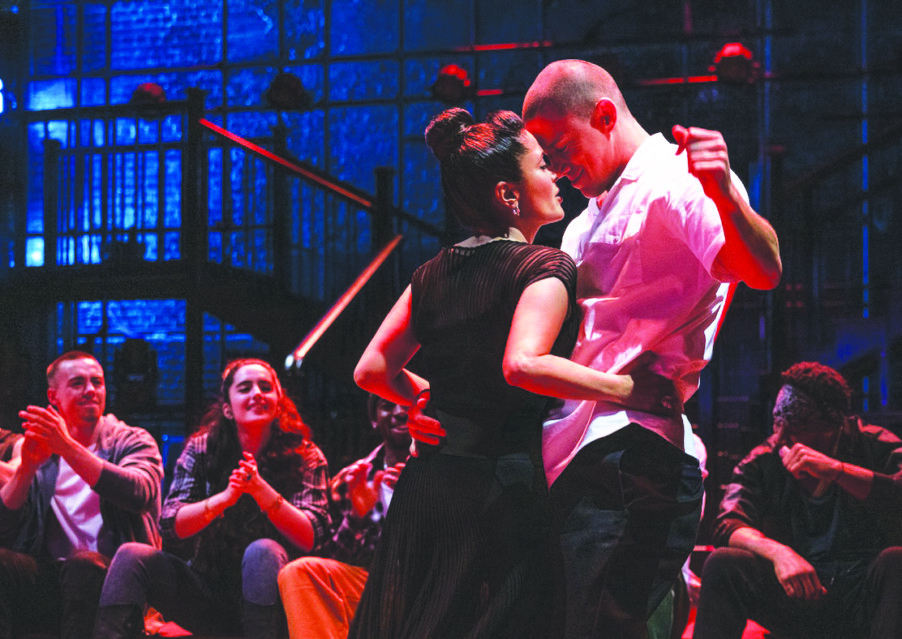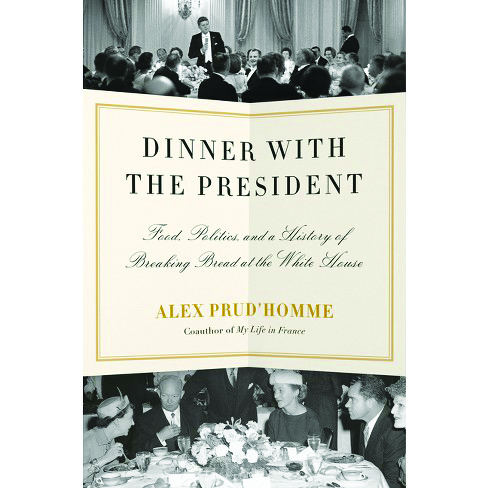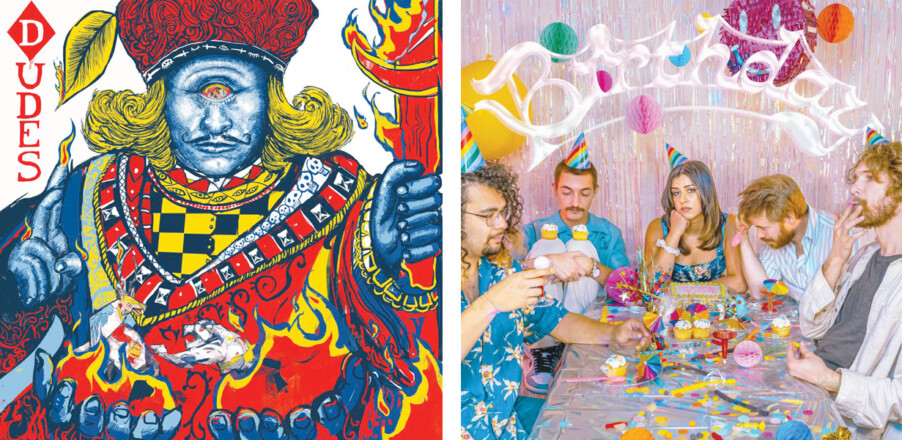Dinner with the President, by Alex Prud’homme (Alfred A. Knopf, 400 pages)
Before this week, if you’d asked me to share a single detail of the presidency of William Howard Taft, I would have struggled to come up with anything other than that he was also a chief justice and was said to have gotten stuck in the White House bathtub.
The bathtub story isn’t true, so I only would have gotten one thing right.
But having read Alex Prud’homme’s delightful Dinner with the President, I can now riff on obscure presidents with the ease of Doris Kearns Goodwin. That’s because Prud’homme has figured out how to make American history fascinating: tell stories connecting it to food. If my old high school history textbook, The American Pageant, is still in use, Dinner with the President should replace it immediately.
Subtitled “Food, Politics, and a History of Breaking Bread at the White House,” this is really a foodie’s guide to American history, and despite the suggestion otherwise, it’s not all about the meals served at 1500 Pennsylvania Avenue. Instead, Prud’homme, the great-nephew of Julia Child (and co-author of her autobiography My Life in France) takes readers from George Washington spooning mutton stew into his almost toothless mouth in Valley Forge in 1777, to Rosalyn Carter getting tense Israeli and Egyptian diplomats to mingle at Camp David in 1978 by putting elaborate desserts in different rooms, to the hearty homemade soups that Ronald Reagan shared at his California ranch with Nancy.
“Hardly frivolous, a meal at the White House is never simply a meal: it is a forum for politics and entertainment on the highest level,” Prud’homme writes.
Smartly, Prud’homme begins at “the dinner table where it happened” — the famous repast Thomas Jefferson arranged to soften tensions between Alexander Hamilton and James Madison as they fought over the structure of the new government. The underpinnings of the Compromise of 1790 were already in the works, but Prud’homme describes in mouth-watering detail the fabulous meal that significantly contributed to saving the still vulnerable republic. (It wasn’t just “sausage being made” as the Hamilton musical says.)
Jefferson, Prud’homme notes, had been the ambassador to France and was “a skilled host who understood how to use food and drink to build political consensus.” He was both a foodie and an oenophile, and presided over a multi-course meal that included truffles simmered in chicken stock, white wine and cream; beef braised in wine, brandy, tomatoes and herbs; a green salad dressed in wine jelly; and vanilla ice cream (a rarity at the time) in puff pastry — and of course several bottles of fine wine and Champagne.
The men could “barely look at each other” when the night began, but they stood no chance of remaining angry after a palate cleanser of meringues and macaroons; really, who could? Similarly, nearly 200 years later, Ronald Reagan dined privately with Mikhail and Raisa Gorbachev to develop a friendly rapport two years before he said, “Mr. Gorbachev, tear down this wall” at the Berlin Wall and the two men signed the Intermediate-Range Nuclear Forces Treaty.
Not every administration gets the attention given to Reagan, Carter, Kennedy and the first presidents. Of 46 presidents, just 26 are featured, because they had the most compelling anecdotes, Prud’homme says.
And some who were included got short shrift: George H.W. Bush, for example, is allotted just four pages and a paragraph, some of it a tad disdainful, as Prud’homme chastises the elder Bush for his famous diatribe against broccoli (“Not only did Bush send a message to the children that vegetables are not important, but outraged broccoli farmers sent ten tons of their crop to Washington D.C. in March 1990”) and suggests his penchant for pork rinds and beef jerky might have been politically calculated to win working-class voters.
When researching this book, Prud’homme had ample resources, including his great-aunt’s 1968 TV special White House Red Carpet with Julia Child and detailed journals of the Founding Fathers. Curiously, it was more difficult to get information from recent White House occupants; no living president or former president or first lady agreed to talk about food, and Henry Haller, the chef for five presidents between 1966 and 1987, died while Prud’homme was writing the book, during the pandemic.
Regardless, the book is richly detailed all the way from Washington’s lodge at Valley Forge to Donald Trump’s 2019 fast-food banquet for the Clemson University football team, which won the NCAA championship that year and was fed Domino’s, Wendy’s and McDonald’s at the White House. While Trump was excoriated on social media, Prud’homme wrote, “The president had divined something primordial: we humans are wired to feel kinship with people who like to eat the same things we do.”
What then, should we make of Dwight Eisenhower, who once made a stew of squirrel meat, potatoes and beans on a camping trip; and Taft, who liked turtle soup and roasted possum?
Well, they were products of their time, and let’s be thankful that time has passed, and that the cold and hungry members of the Continental Army for the most part stayed loyal to Washington in that miserable winter of 1777 when they survived on something they called “fire cakes” — “patties of flour and water with a dash of salt, if they could find it, formed into sticky cakes, smeared over stones, and baked in glowing embers.”
The foodie history of America, in other words, wasn’t all wonderful when it came to the actual food. But Prud’homme’s account is as engrossing a history book as you’ll likely read. Also, there are recipes, including Andrew Jackson’s inaugural orange punch (which resulted in drunken revelers surging through his house), Woodrow Wilson’s morning health tonic (grape juice and raw eggs) and Abraham Lincoln’s gingerbread men, also called ginger crackers. Bon appetit. A+






